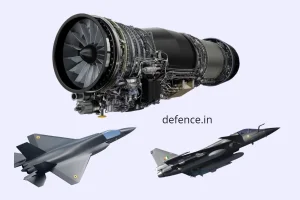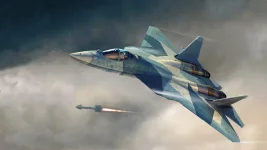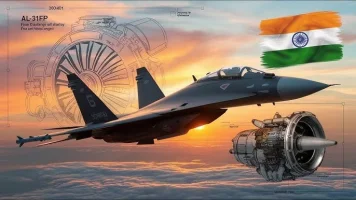- Views: 4K
- Replies: 30
The Dassault Mirage-2000, a highly respected and proven combat aircraft in the Indian Air Force (IAF) since its induction in 1985, is facing an uncertain future.
Despite its celebrated service history, including pivotal roles in the 1999 Kargil War and the 2019 Balakot airstrike, the fleet of around 50 aircraft, known as 'Vajra' in India, is not receiving the advanced weaponry being integrated onto other frontline jets, raising questions about its role in the nation's future air defence strategy.
A significant capabilities gap is emerging when comparing the Mirage-2000 with the IAF's primary air superiority fighter, the Sukhoi Su-30MKI.
While the Su-30MKI fleet is being upgraded with modern indigenous missiles like the Astra series and advanced Israeli systems such as the Python-5, the Mirage-2000 continues to operate with older French armaments.
Its primary long-range weapon is the MBDA MICA missile, which is now being surpassed by newer technologies. For close-range combat, it still relies on the Matra R550 Magic-II, a weapon from the 1970s that lacks the advanced features of modern missiles.
This disparity extends to air-to-ground capabilities.
The Su-30MKI is being adapted to carry a formidable array of munitions, including the Indo-Russian BrahMos supersonic cruise missile. It is also slated to be integrated with indigenous weapons like the Rudram anti-radiation missiles, designed to neutralise enemy air defence radars, and the Smart Anti-Airfield Weapon (SAAW).
In contrast, there are no confirmed plans to equip the Mirage-2000 with these modern Indian systems, leaving it to rely on older munitions like laser-guided bombs.
One of the primary factors behind this decision is the high cost associated with such upgrades and a shift in manufacturer focus. Integrating a new missile system is a complex and expensive process, requiring deep modifications to the aircraft's fire-control radar, software, and hardware, followed by extensive validation trials.
Furthermore, the original manufacturer, Dassault Aviation, is now prioritising its newer Rafale fighter. While a next-generation MICA missile (MICA-NG) is in development, there is no official confirmation that the IAF will procure it for its aging Mirage fleet.
The Indian Air Force's decision-making also appears to be guided by a broader strategic shift towards modernising its larger fleets and investing in future platforms. With over 270 aircraft, the Su-30MKI forms the numerical backbone of the IAF, making its continuous upgrade essential for maintaining combat readiness.
Resources are also being allocated to the newly inducted Rafale jets, the domestically produced Tejas Mk-1A, and the development of the futuristic Advanced Medium Combat Aircraft (AMCA).
In this context, undertaking a costly weapons upgrade for the smaller, decades-old Mirage-2000 fleet is seen as a lower priority.
Consequently, despite a mid-life upgrade a decade ago that improved its avionics and radar, the Mirage-2000's operational relevance is diminishing without access to modern weaponry.
While the aircraft remains a potent platform, its inability to carry longer-range missiles and advanced smart bombs could see it relegated to secondary roles.
This decision highlights a strategic choice to invest in the IAF's workhorse Su-30MKI fleet and next-generation aircraft, even if it means bypassing an opportunity to modernise a historically significant fighter with indigenous weapons under the 'Atmanirbhar Bharat' self-reliance initiative.




